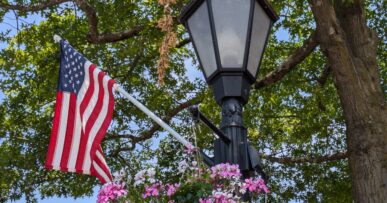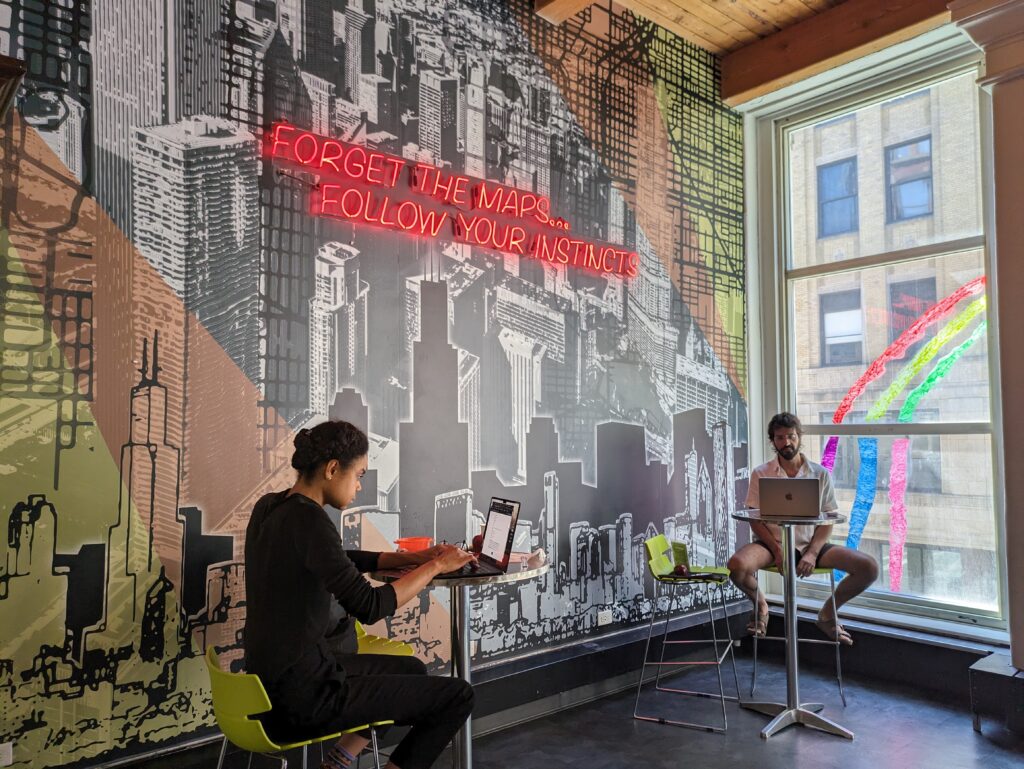
Photo Marjie Courtis
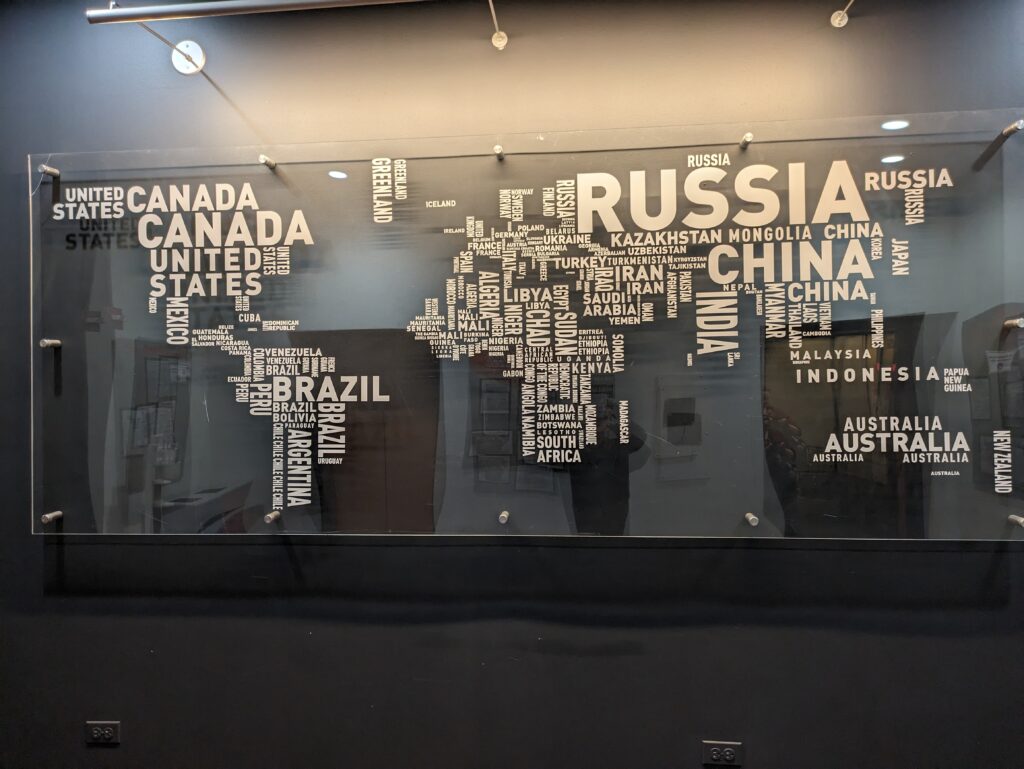
Photo Marjie Courtis
“Forget the maps, follow your instincts” said the neon sign in the Hostels International lounge in Chicago. Alas, with only four nights in Chicago, I needed some structure, though I left some unstructured space. Contrasts in travelling approaches lead to new experiences.
Chicago let me indulge my love of contrasts in many ways. There were contrasts between “the basics” and luxury, the natural and built environment, air travel and train travel, tours and self-guided romps, interior and exterior architecture, street culture and art versus public art and art museums, and musically, between Classics and the Blues.
I chose a Hostel this time, not simply as a cost-saver, but because it contrasted with my other accommodation experiences in the US on this five week visit.
This hostel had a lot going for it, even though I have seen it ranked as a hotel with a mere two stars. But it was within “The Loop“, in the centre of the city. It offered relaxed communal spaces, a buffet breakfast, a multi-national clientele, thought-provoking signage and free tours and events.
Luxury versus the basics
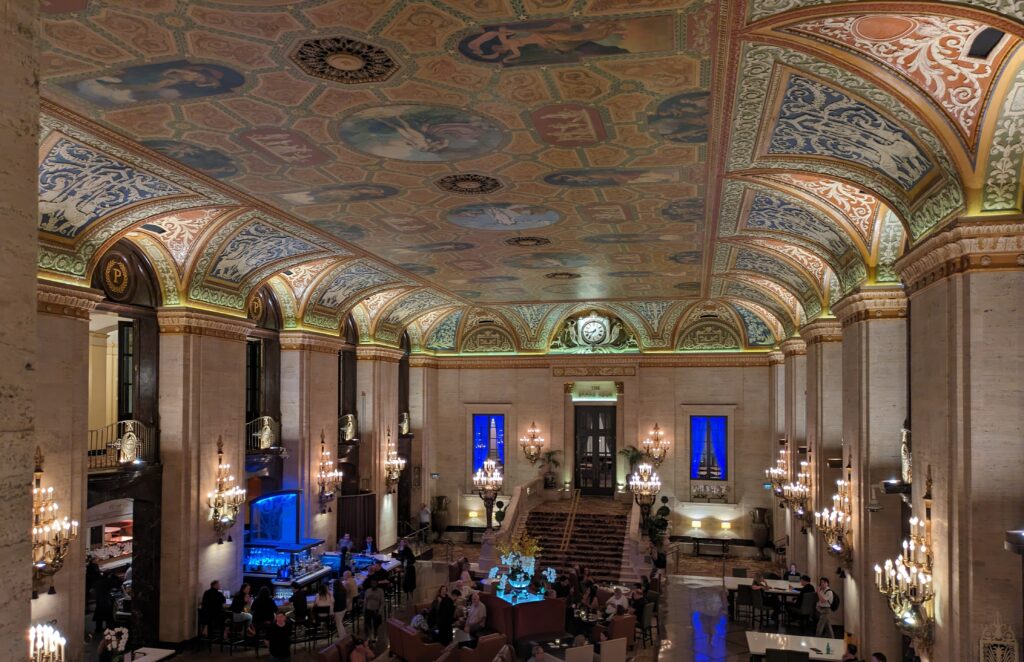
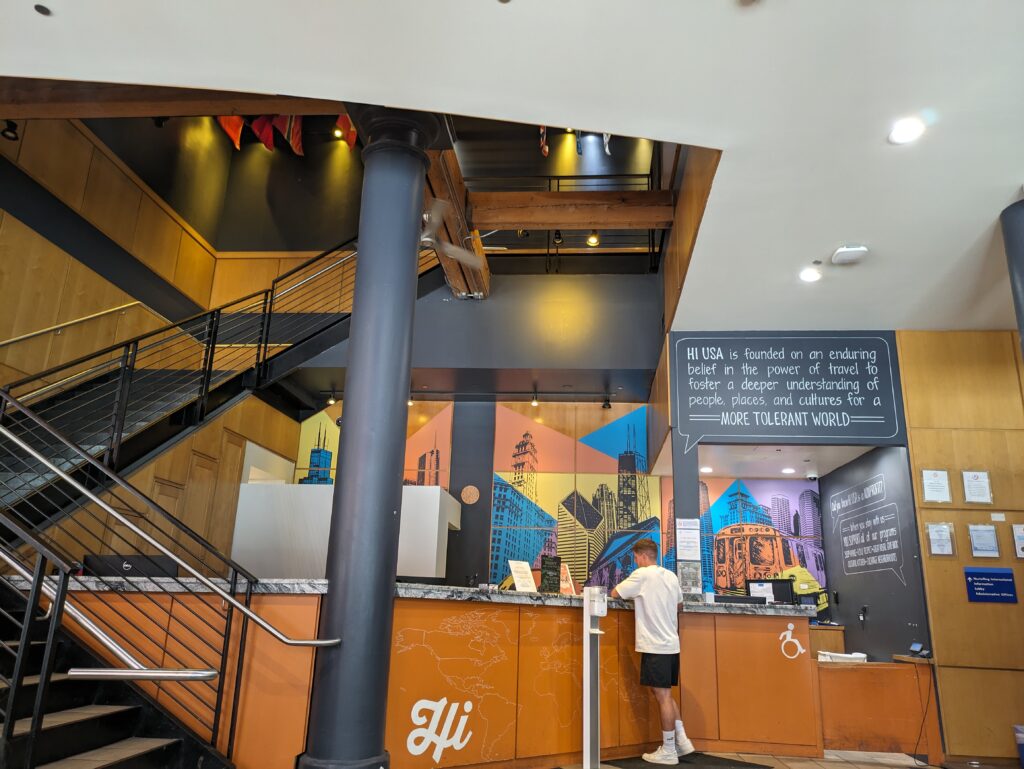
Staying at the Hostel let me tap into some of the contrasts. Right next to it was a deserted office building, its sidewalk inhabited by homeless men. Cheerful enough, one called out a greeting: “Welcome to Chicago”. A short walk along East Monroe Street, around the corner from our location in East Ida B. Wells Drive, the historic and luxurious Palmer Hotel was just as accessible for cocktails for us as it was for its well-heeled residents. Did it matter that a couple of cocktails and a few olives set me back the equivalent of half a nights accommodation at the hostel?
Happily, my basic accommodation offered me different foodie experiences. One day I joined a class at the hostel to learn how to assemble a Chicago hot-dog. It’s all part of the experience.
Airport lounges versus train stations
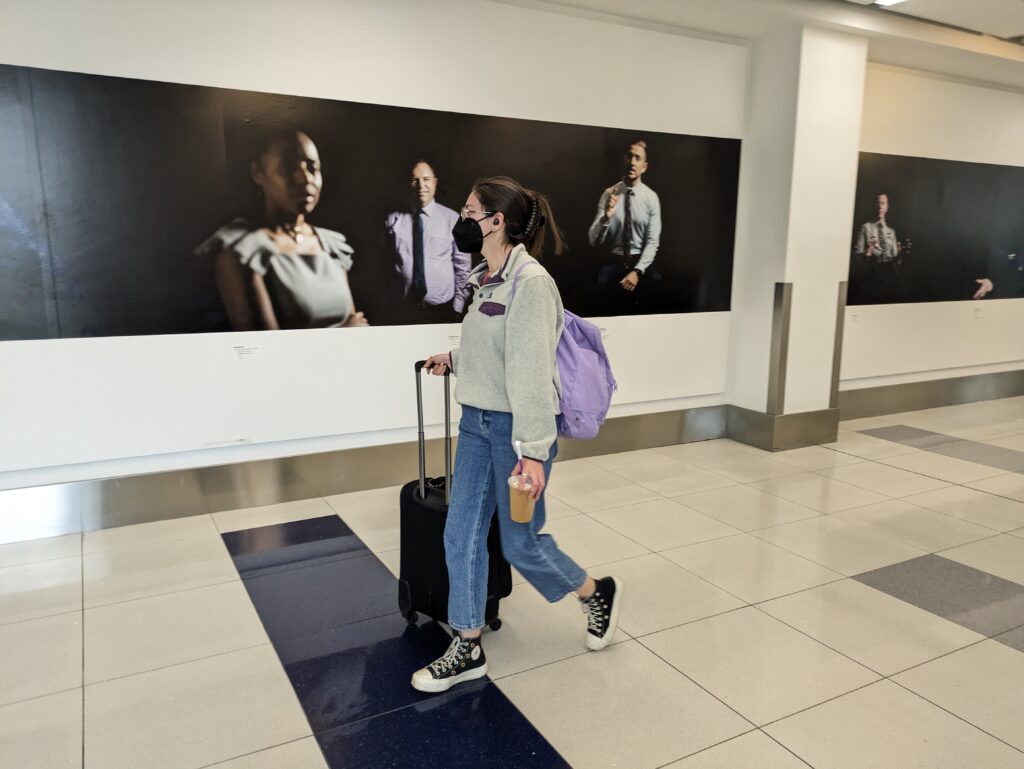
Photo Marjie Courtis
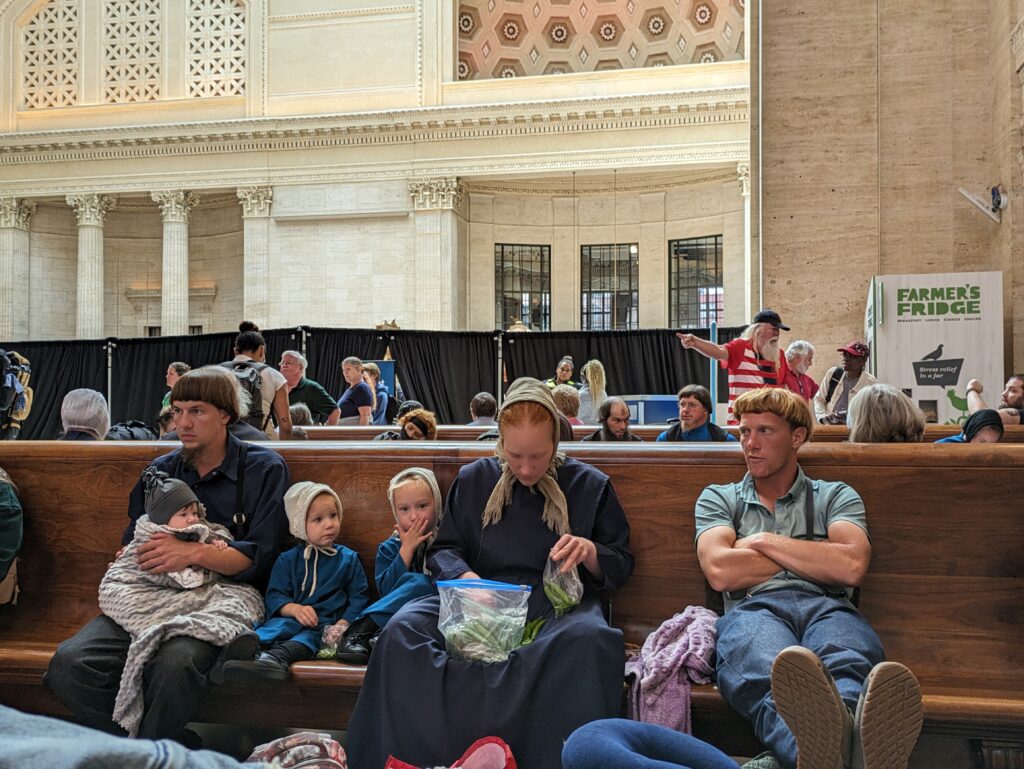
Photo Marjie Courtis
I opted to fly into Chicago from Los Angeles with the orderly, modern environment that came with it.
Leaving Chicago later for Detroit, opened up the significantly different opportunity to leave from the iconic Union Station, a Beaux-Arts style, limestone-clad building with a 219 feet long-barrel-vaulted skylight in its Grand Hall. It celebrates an innings of one century in 2025.
Rather more chaotic than any airport, it shared its passing parade of passengers for eight long distance routes, eight regional routes and the commuter lines of Chicago. There were Amish and Mennonite families, couples getting married, harried staff, crowded benches, architectural highlights and various classes of travel … and travellers.
Interior versus exterior architecture
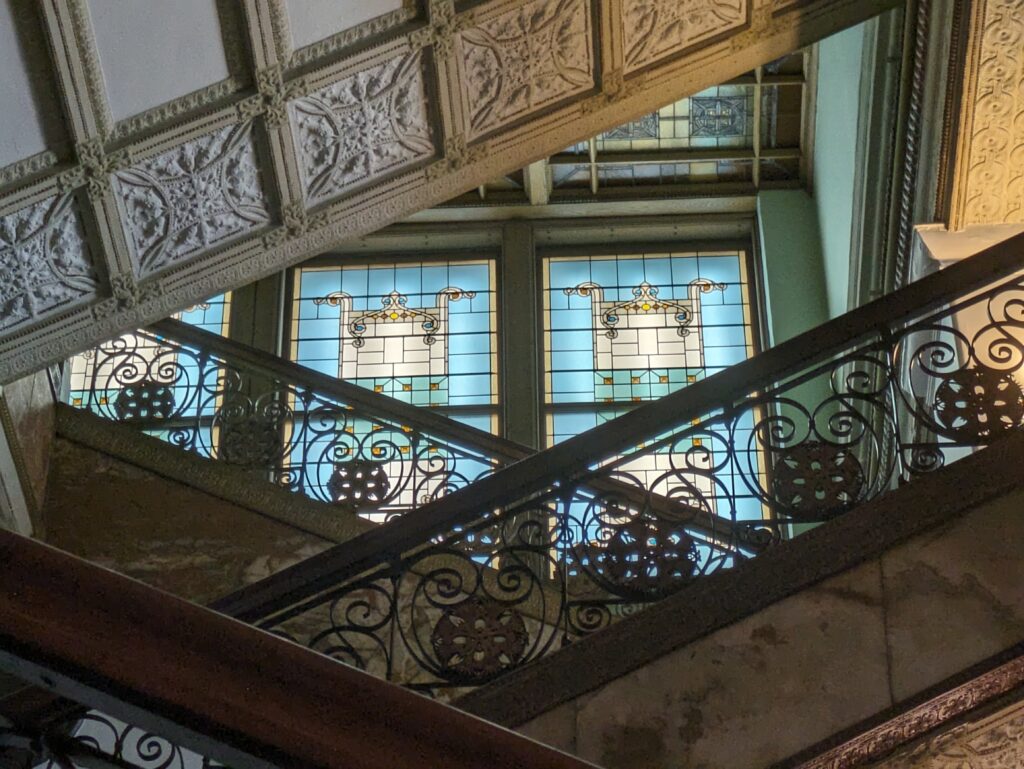
Photo Marjie Courtis
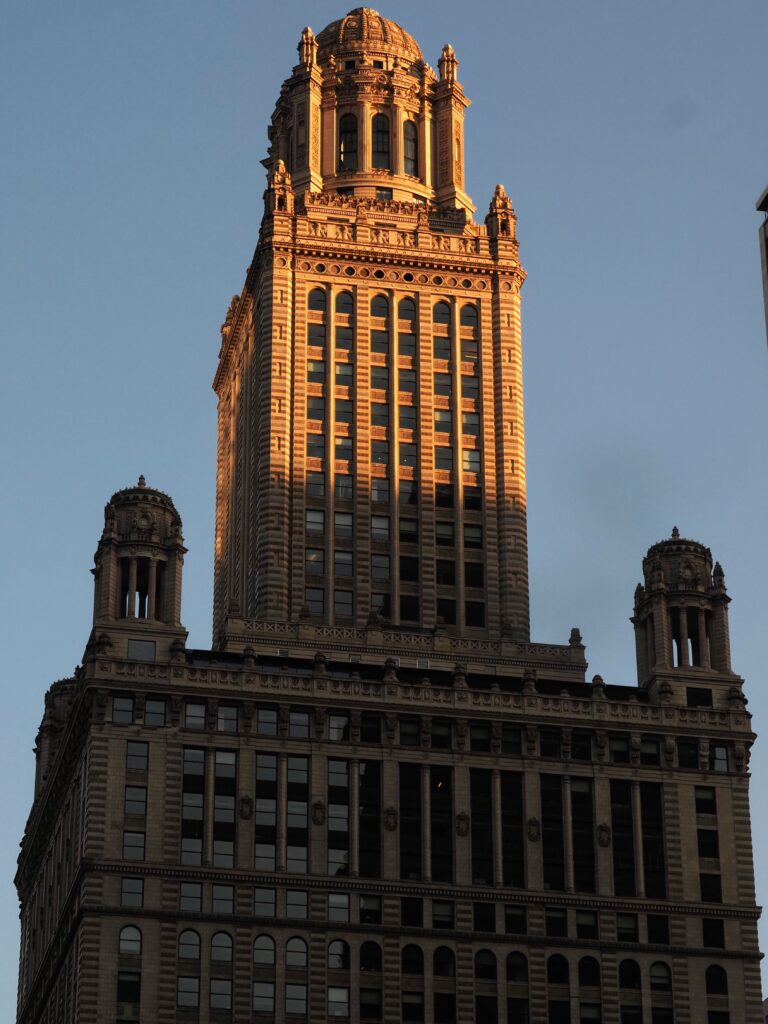
Photo Marjie Courtis
Architecture is one of the main drawcards in Chicago, the home of the skyscraper. Who wouldn’t want to join a cruise run by the Chicago Architecture Centre? You slip past iconic buildings developed by people driven by profit, prestige, events like the Great Chicago Fire of 1871 and opportunities like the Chicago World’s Fair of 1893. Rusty old manually-operable bridges punctuate the riverscape while the skyscrapers flank the river’s branches along its invisible banks, populated however by bars, cafes and restaurants. There are occasional views of a former bridge-tender’s home constructed in wood, not a relic of the pre Chicago Fire era, but a recent and charming addition to the varied riverfront.
Yet, it was a free excursion by a volunteer guide from Hostels International which helped give me an appreciation of the importance of the interior design aspects of Chicago. In what was billed as a walk to the Art Institute of Chicago , en route we ducked into the foyers of the Auditorium Theatre, Roosevelt University, the Arts and Crafts Building and the home of the Chicago Symphony Orchestra. Finally, before being left to enjoy the abundant artworks of the famous art museum by ourselves, we focused on the interior and exterior of the former Stock Exchange Building. It’s now “history” but parts of its interior and exterior are fortunately preserved for display at the Art Institute.
Street culture and art versus “institutional” art
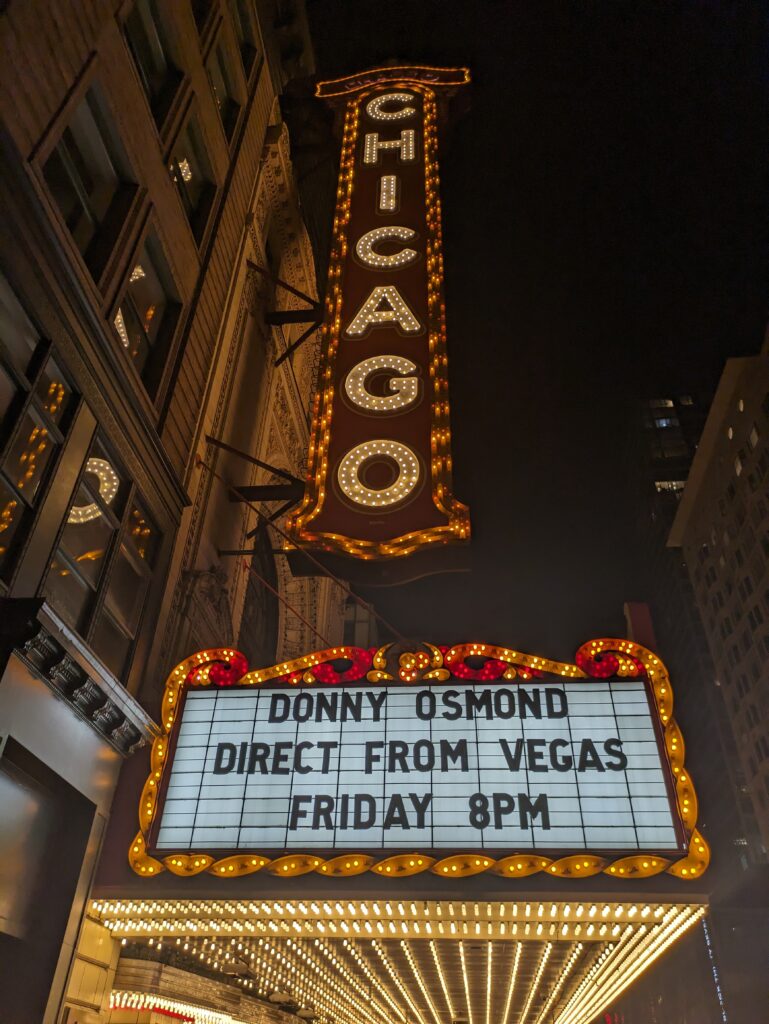
Photo Marjie Courtis
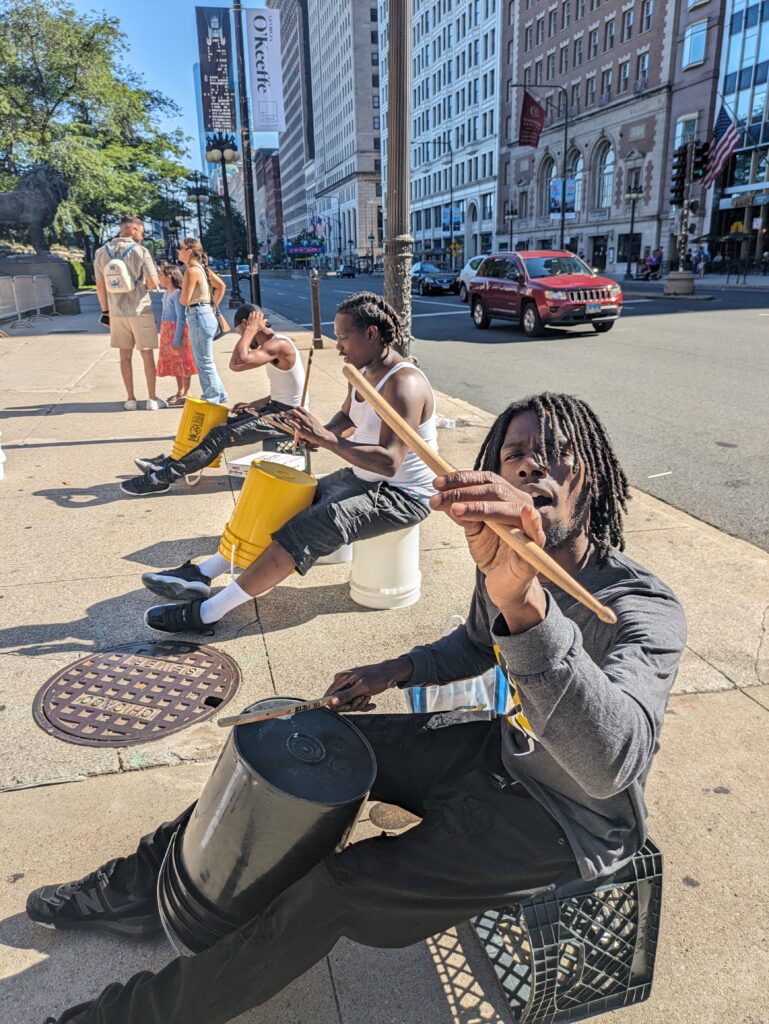
Photo Marjie Courtis
Chicago has a cultural and artistic presence which goes way beyond its architectural heritage. It’s there in the street as well as in theatres, museums and art galleries.
While selecting the right venues for your particular cultural leaning may be manageable, the sheer numbers of exterior artworks in Chicago, makes that almost impossible. Consider this. According to the website Find Murals and Street Art , there are 8859 examples of murals and street art in Chicago. Imagine trying to locate all of them from a map!
Public artworks are a little scarcer and to date I haven’t found a definitive count. Some good guides are Public Art in the Chicago Loop, Time Out’s Guide to Public Art in Chicago and the 96 page Chicago Art Guide.
Happily, with or without planning, murals, street art, street performances and public sculptures will tend to find you, just as works Calder, Picasso and Anish Kapoor found me.
The built environment versus the natural environment
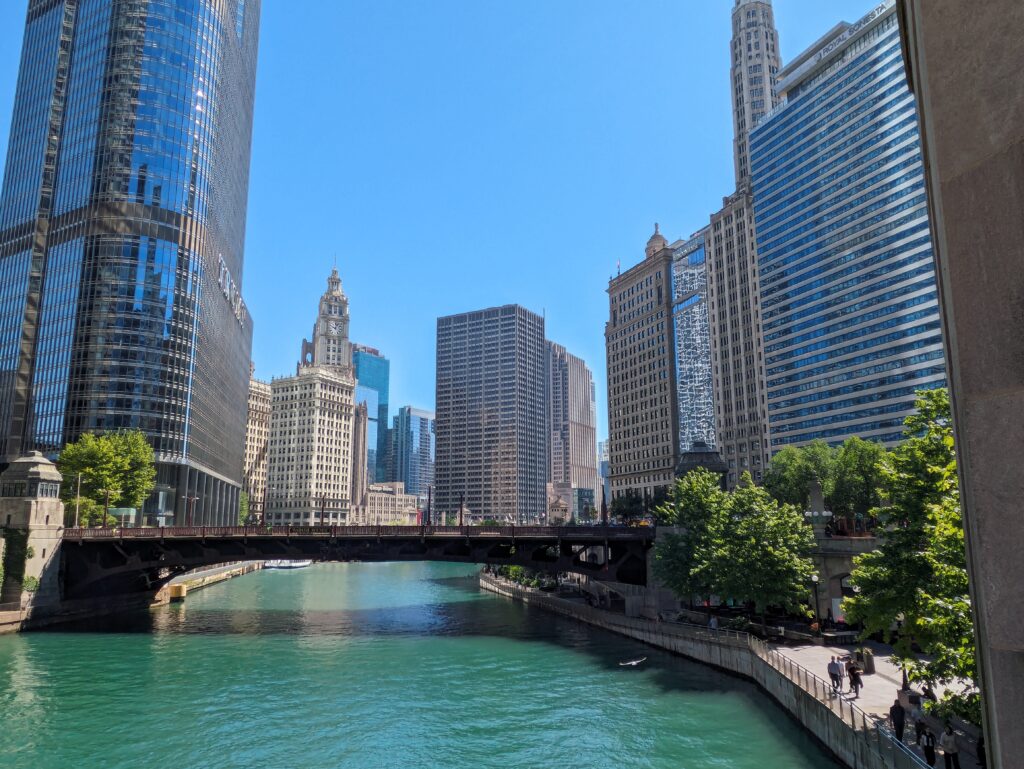
Photo Marjie Courtis
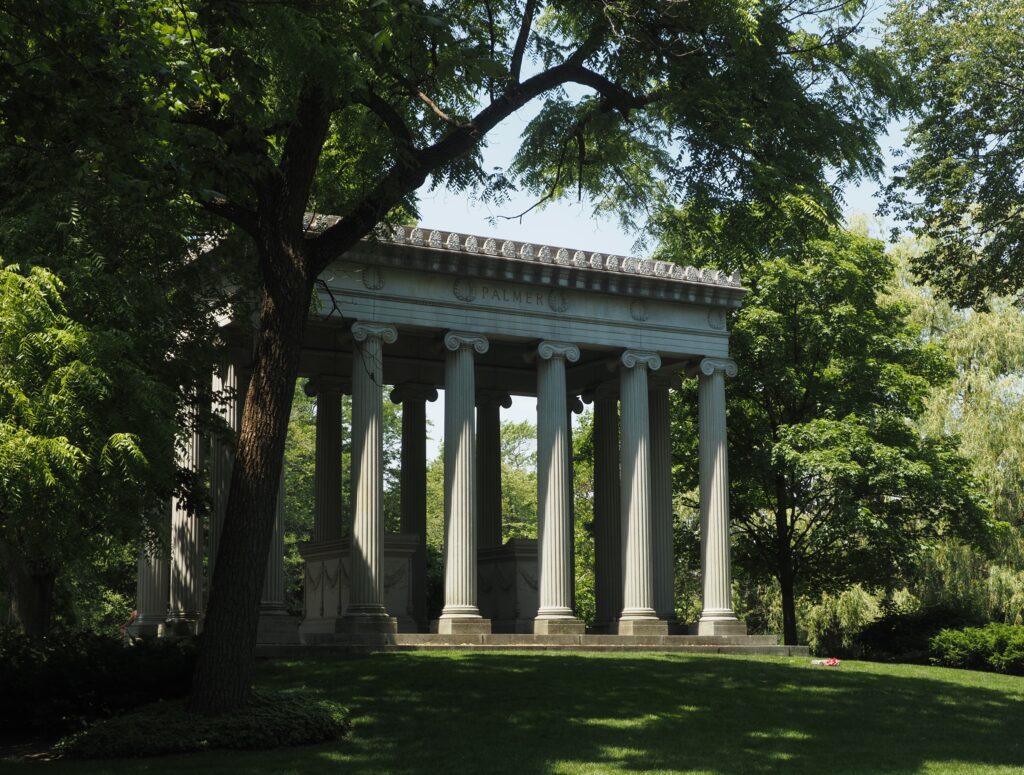
Photo Marjie Courtis
Nature could be hard to miss in Chicago with the heavy human stamp of its architectural and cultural heritage. But fortunately it’s not completely so. Chicago has the Chicago River, Lake Michigan and hybridised nature at places like the Graceland Cemetery and Arboretum, the Lincoln Park Zoo, and the city’s numerous public gardens.
The Graceland Cemetery and Arboretum was a refreshing relief from the city, with the words “Cemetery” and “Arboretum” carrying relatively equal weight. The tree canopies created the shade while the graves and monuments reinforced the notion that Chicago was home to many successful and wealthy people. Daniel Burnham, the architect for Union Station inter alia exhibits his wealth on a moat-rimmed island in the cemetery while Potter Palmer and his wife Bertha Honoré (for whom he built the Palmer Hotel) make their statement of success in a daunting Greco-Roman mausoleum.
Tour guides versus self-guidance and options in between
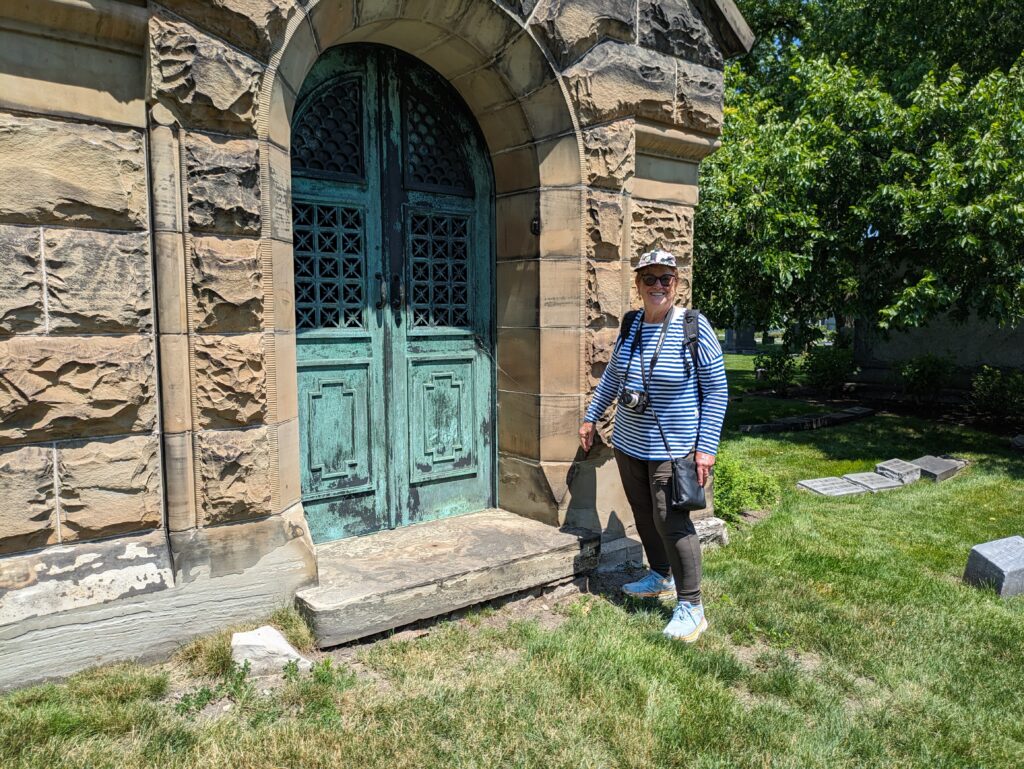
Photo Marjie Courtis
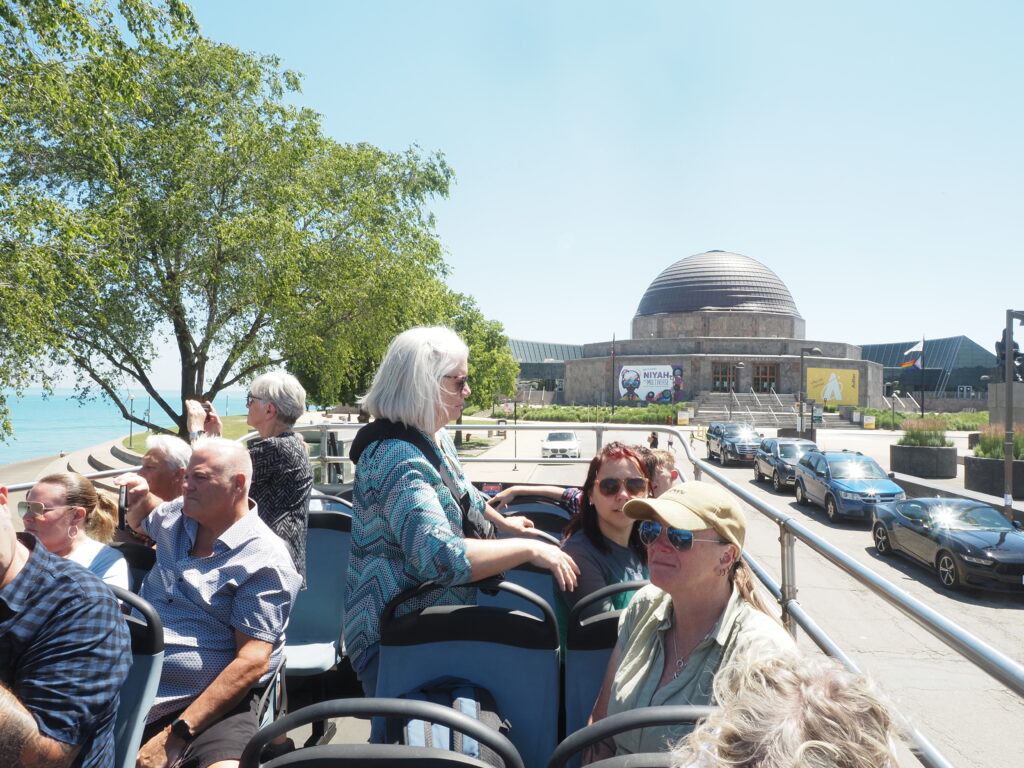
Photo Marjie Courtis
In Chicago, it was the Architectural Cruise and the Hop-on Hop-Off bus that gave me my macro view of Chicago. And don’t we all need a framework for a visit to a city?
But filling in the gaps with self-guidance was easy enough. Take a walk around the Loop CBD. Take a train. In the Loop area, I felt safe. And it was through self-guidance and the ubiquitous Uber and Lyft services that I usually arrived at each destination.
But in many instances, the volunteer-run tours that came from being a resident at the HI hostel, provided a hybrid option between the structured tour and my self-managed meanderings. They offered a point of contrast. I was not only introduced to classical architecture and classical music venues, but one night I was chaperoned with other residents to the Kingston Mines Blues Club for a blues-y night out.
Chicago for Contrasts
Chicago presented me with so many fascinating contrasts. But of course I also contrasted it with other places I’d visited in the USA. As a big city, it didn’t offer me the beautiful natural surroundings of my Connecticut-based visit. (See Consider Connecticut.) And being about four times larger than Detroit, it didn’t offer the same opportunities for friendliness and interaction. (See Why Go to Detroit?)
But recognising that yes, it is a Big City, it can take pride in having been named Best Big City in the US for the eighth year in a row, in Condé Nast’s Reader’s Choice awards. You can find your own contrasts in Chicago. Or you can find your travel niche along the individual continuums of music, accommodation, food, culture, transport, sport, architecture or nature. In any case, why not Choose Chicago, a city of contrasts?
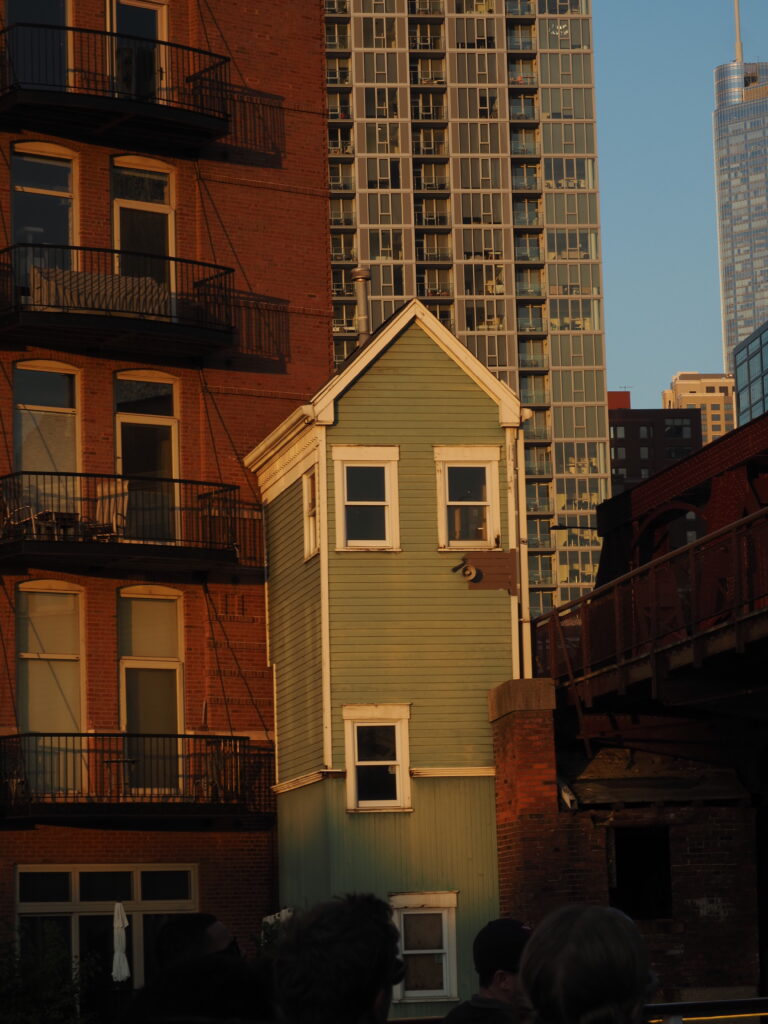
Photo Marjie Courtis
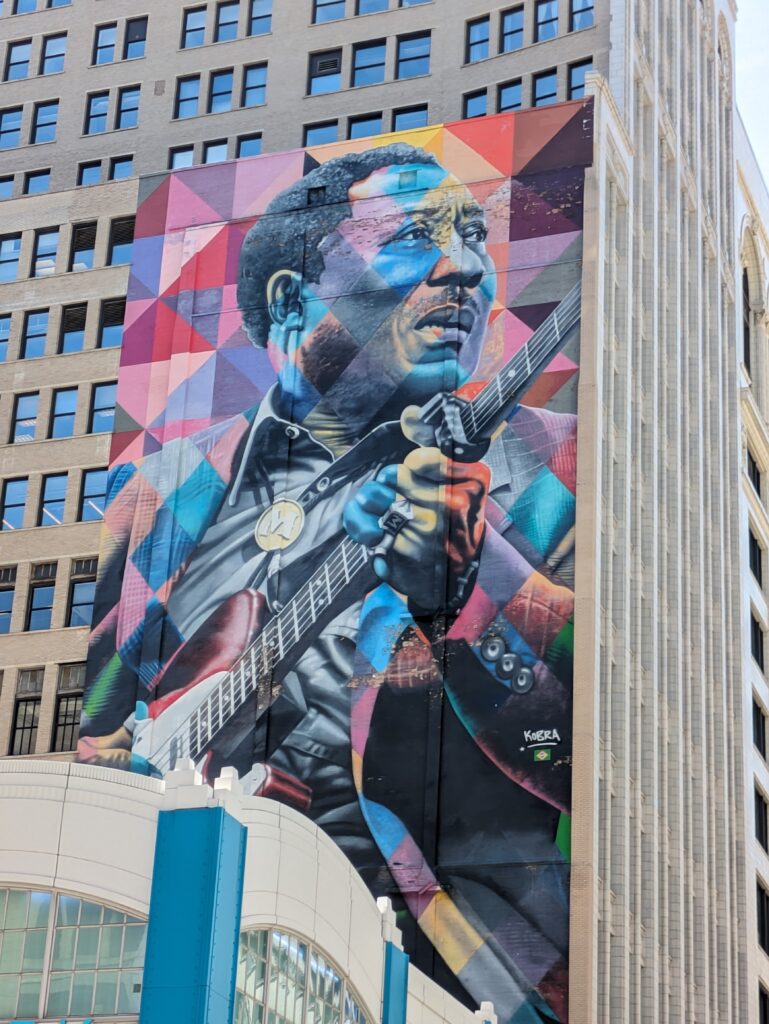
Photo Marjie Courtis
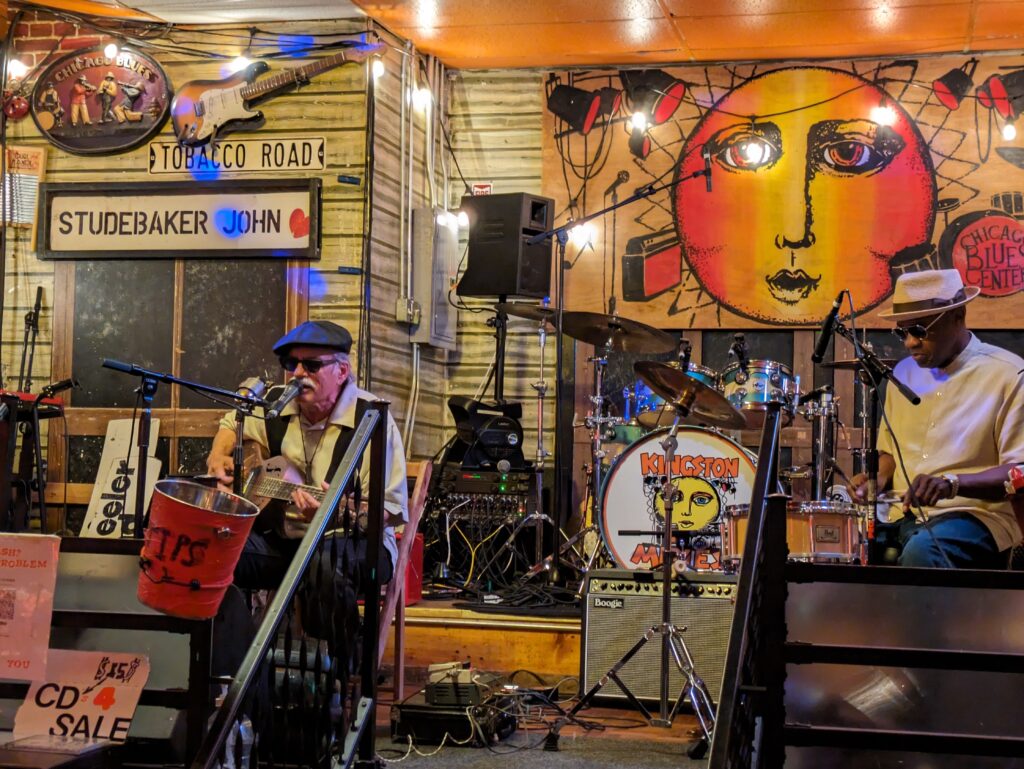
Photo Marjie Courtis
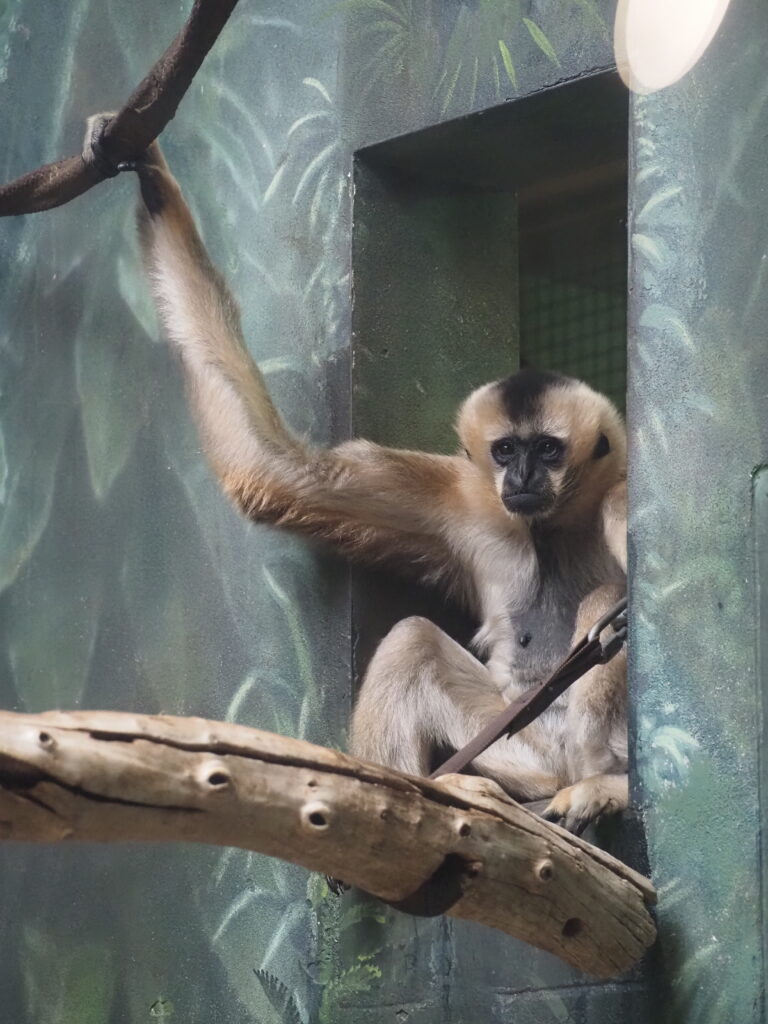
Photo Marjie Courtis


